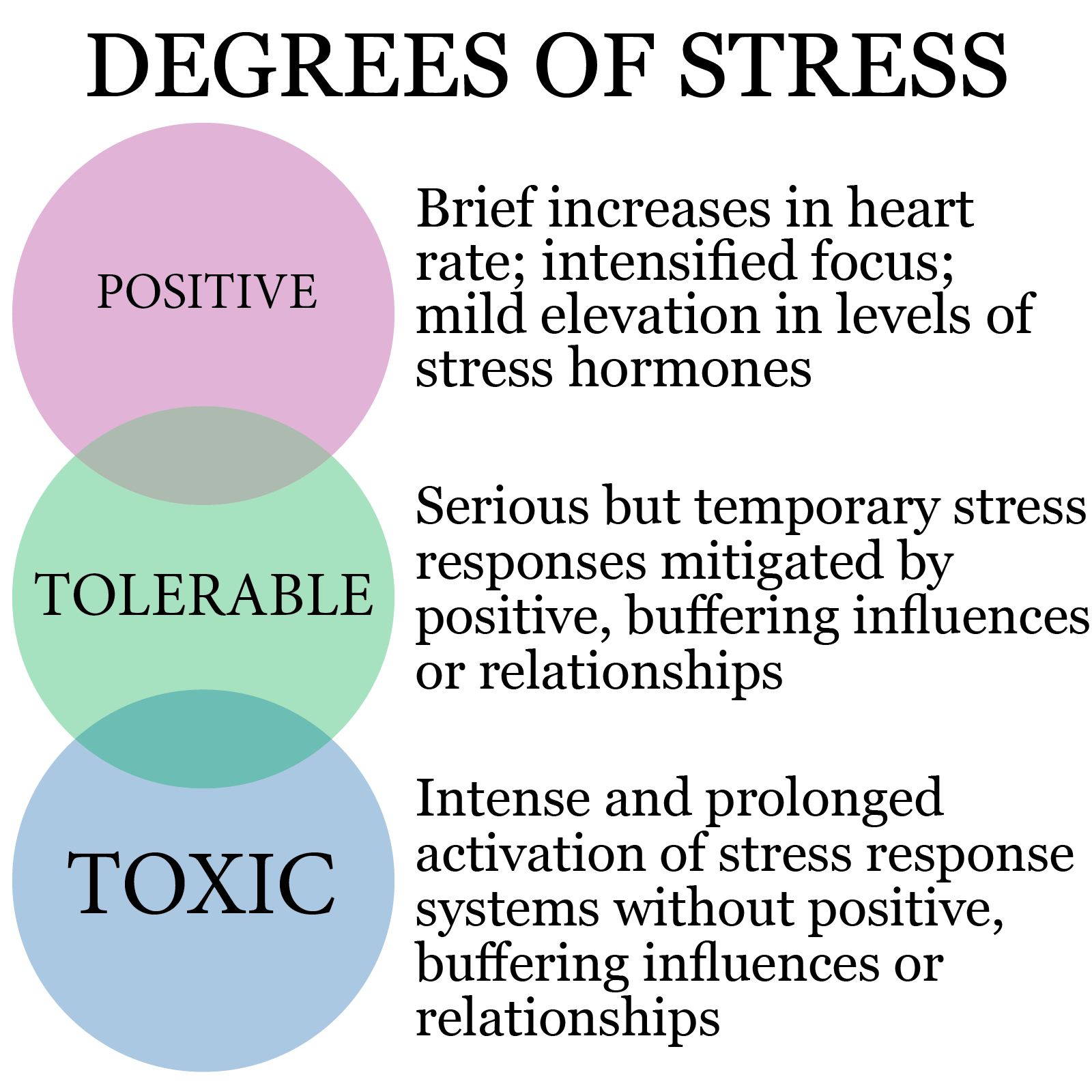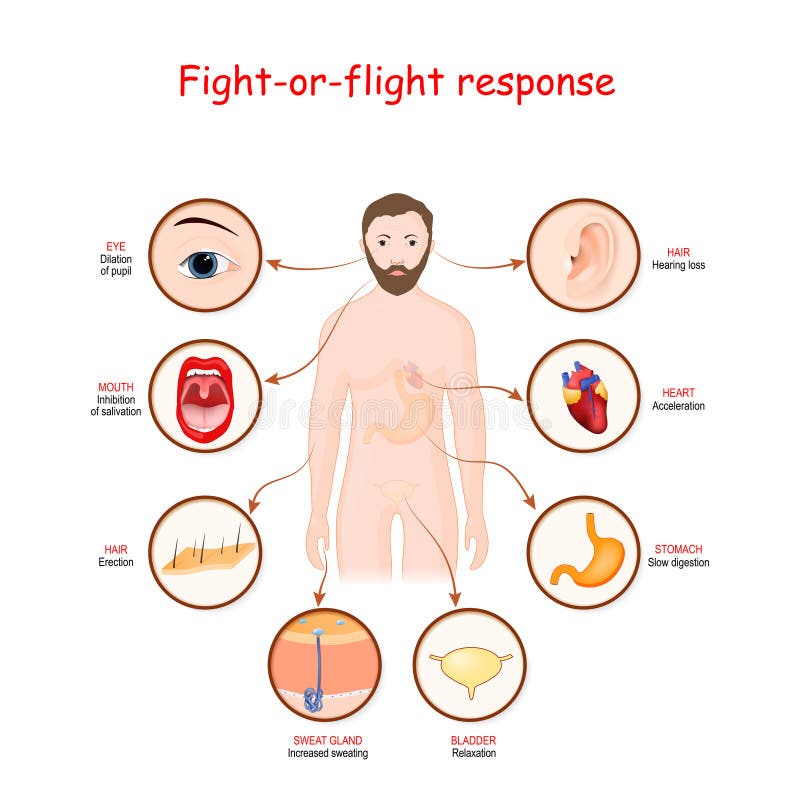


Inhibition of the lacrimal gland (responsible for tear production) and salivation.Liberation of metabolic energy sources (particularly fat and glycogen) for muscular action.Constriction of blood vessels in many parts of the body.General effect on the sphincters of the body.Inhibition of stomach and upper-intestinal action to the point where digestion slows down or stops.Paling or flushing, or alternating between both.Catecholamine hormones, such as adrenaline ( epinephrine) or noradrenaline (norepinephrine), facilitate immediate physical reactions associated with a preparation for violent muscular action and: Additionally, the circulation of cortisol functions to turn fatty acids into available energy, which prepares muscles throughout the body for response. This boost of energy is activated by epinephrine binding to liver cells and the subsequent production of glucose. The initial response and subsequent reactions are triggered in an effort to create a boost of energy. The release of chemical messengers results in the production of the hormone cortisol, which increases blood pressure, blood sugar, and suppresses the immune system. The adrenal gland is activated almost simultaneously, via the sympathetic nervous system, and releases the hormone epinephrine. The initial reaction is followed by activation of the pituitary gland and secretion of the hormone ACTH. The reaction begins in the amygdala, which triggers a neural response in the hypothalamus. Physiology Autonomic nervous system Īn infographic displaying the fight-or-flight response The wider array of responses, such as freezing, fainting, fleeing, or experiencing fright, has led researchers to use more neutral or accommodating terminology such as hyperarousal or the acute stress response.

This has led people to calling it the fight, flight, freeze response (or fight-flight-faint-or-freeze, amongst other variants). Originally understood as the fight-or-flight response in Cannon's research, the state of hyperarousal results in several responses beyond fighting or fleeing. This response is recognised as the first stage of the general adaptation syndrome that regulates stress responses among vertebrates and other organisms. The hormone osteocalcin might also play a part. The hormones estrogen, testosterone, and cortisol, as well as the neurotransmitters dopamine and serotonin, also affect how organisms react to stress. More specifically, the adrenal medulla produces a hormonal cascade that results in the secretion of catecholamines, especially norepinephrine and epinephrine. His theory states that animals react to threats with a general discharge of the sympathetic nervous system, preparing the animal for fighting or fleeing. It was first described by Walter Bradford Cannon. The fight-or-flight-or-freeze or the fight-flight response (also called hyperarousal or the acute stress response) is a physiological reaction that occurs in response to a perceived harmful event, attack, or threat to survival. Dog and cat showing acute stress responses


 0 kommentar(er)
0 kommentar(er)
